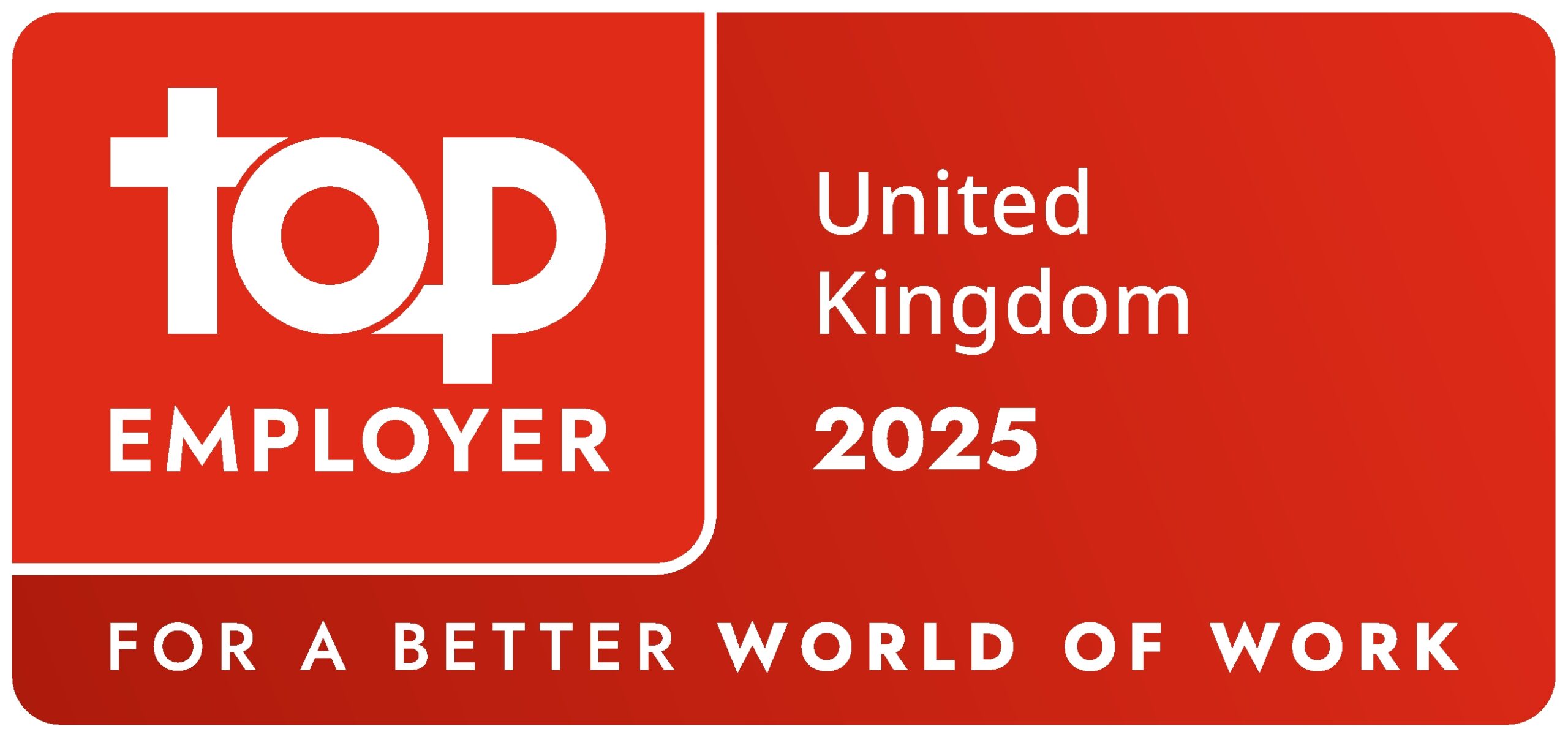Introduction
TPR’s latest annual funding statement, along with the accompanying analysis, was published on 29 April 2025. With the majority of schemes now in surplus, TPR expects most schemes to shift their focus from deficit recovery to endgame planning.
Download a PDF of this Alert.
In this Alert
- Key points
- Valuations under the new DB funding regime
- General considerations
- Funding strategies
- What’s next?
Key points
- The statement is primarily aimed at schemes with valuation dates between 22 September 2024 and 21 September 2025, which has been rebranded as “Tranche 24/25” or “T24/25” to match the calendar year (previously known as “Tranche 20” or “T20”). However, as it captures key information regarding the new DB funding code of practice and updated covenant guidance, the statement will be relevant to all DB schemes.
- Most DB schemes continue to see positive funding levels, with TPR estimating that, as of 31 December 2024, around 54% of schemes were in surplus on a buy-out basis, rising to 76% on TPR’s derived low dependency basis and 85% on a TPs basis.
- With this “continued strong funding position”, TPR expects most schemes to be shifting their focus from deficit recovery to endgame planning.
- Open DB schemes are mentioned only briefly in the accompanying press release. Whilst endgame is probably far from their immediate target, TPR nonetheless suggests, rather cryptically, that they should be “planning on securing their future”.
- Despite healthy funding positions, trustees should keep in mind the potential for heightened trade and geopolitical uncertainty, as they need to understand any risks to the scheme’s investment strategy and employer covenant that might pose.
- TPR confirms it will be “risk-based and outcome focused” when deciding which schemes to interact with under the new DB funding regime.
Valuations under the new DB funding regime
Recognising that trustees and employers will be undertaking their first valuations under the new DB funding regime, the statement clarifies some key areas surrounding covenant and trustees’ assessment of supportable risk.
Covenant
Building on its new covenant guidance, TPR provides further detail on several areas including:
- taking a proportionate approach, eg with a lighter touch approach possible (particularly around the reliability period) where a scheme has a lower reliance on the employer’s covenant
- role of covenant when a scheme is fully funded on a low dependency basis
- assessing covenant when using the Fast Track route.
Supportable risk
Given the principle-based approach taken in the DB funding code to assess supportable risk, TPR no longer intends to publish a formal supportable risk formula. This recognises the need for schemes to approach an assessment of supportable risk based on the specific merits of the scheme and the employer. The statement therefore sets out further detail as to how trustees should approach this.
Fast Track or Bespoke route
TPR expects around 80% of schemes to be able to meet the Fast Track approach, resulting in less TPR engagement and lower regulatory burden on schemes through simpler reporting. Trustees can also opt for the “equally valid” Bespoke route. Trustees are encouraged to “collaborate early” with advisers and employers to determine the most suitable approach.
General considerations
Shift to endgame planning
DB schemes have seen significant changes to their funding levels over the last three years, with 76% already fully funded on a TPR derived low dependency basis. Therefore, TPR believes the focus for most schemes needs to shift from deficit repair to endgame planning.
Trustees should seek advice on what the most appropriate option is for their scheme, based on their scheme’s individual circumstances. Importantly, TPR will be publishing DB endgame guidance in early summer which should support trustees in considering the “best option” for their members.
Macroeconomic uncertainty
Trustees should recognise the macroeconomic uncertainty, including heightened trade and geopolitical uncertainty which could introduce further volatility to “an already uncertain future path for interest and inflation rates, as well as having implications for global stock markets and UK global economic growth”. As such, trustees should ensure their short-term liquidity and cash flow requirements can be met whilst their longer-term investment strategy also needs to continue to reflect the changing economic landscape.
Where these factors could have a material impact on employer cash flows and prospects, trustees must consider whether current levels of risk the scheme is running remain appropriate. Where risk-taking is no longer supportable, trustees should then be adjusting their journey plan to low dependency accordingly.
Climate change
Climate change and wider sustainability issues (including related transition and physical risks) continue to be a concern for trustees and employers alike. Trustees are encouraged to work with the employer and their advisers to understand the potential implications, using TPR’s Climate-related governance and reporting guidance.
Surplus
The Government is expected to share its proposals relating to surpluses shortly, as part of its response to the DB options consultation, with more detail expected in the Pension Schemes Bill. It will be interesting to see how the Government’s response ties into the new DB funding regime, which was developed when schemes were generally still facing large deficits. Until further detail is known, TPR believes it is “good practice” for trustees to have a policy in place for the release of surplus in the context of their individual scheme, and that trustees “may wish to start thinking about how they would approach any requests to release surpluses from the employer”.
Funding strategies
As with previous statements, TPR has grouped schemes into three categories based on their funding level, adapting the categories for the new DB funding regime.
Group 1 – funding level is at or above low dependency
Trustees’ focus should be on endgame planning. If schemes decide to run on, they will need to weigh the benefits against the ongoing risks and put in place suitable monitoring and management strategies. They will also need to continue monitoring the employer covenant to ensure it continues to provide the necessary support for the risks.
Group 2 – funding level is above TPs but below the low dependency funding target
The focus here should be on ensuring the scheme continues on the path to achieving the low dependency objective by the relevant date.
Group 3 – funding level is below TPs
Unsurprisingly, trustees in this group should focus on addressing the deficit. TPs should be consistent with the scheme’s journey plan to reach low dependency by its relevant date. The level of risk should be dependent on employer covenant support and, subject to that, the scheme’s maturity. Any deficit should be recovered “as quickly as the employer can reasonably afford”.
What’s next?
In the coming weeks, TPR expects to publish its response to the statement of strategy consultation alongside the launch of the new “Submit a scheme valuation” digital service. All information for valuations with effective dates on or after 22 September 2024 must be collated and submitted by schemes using this service. Trustees should not delay completing their valuation, but nor should they submit anything until the new service is live. During this period, TPR will not treat a delay as a breach.









